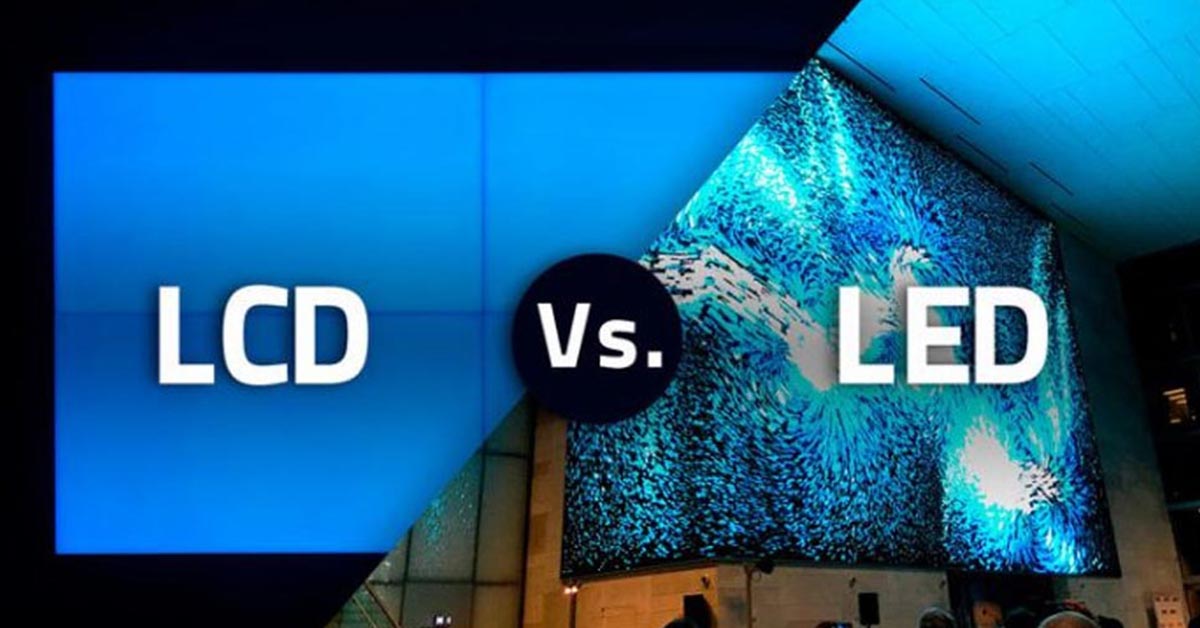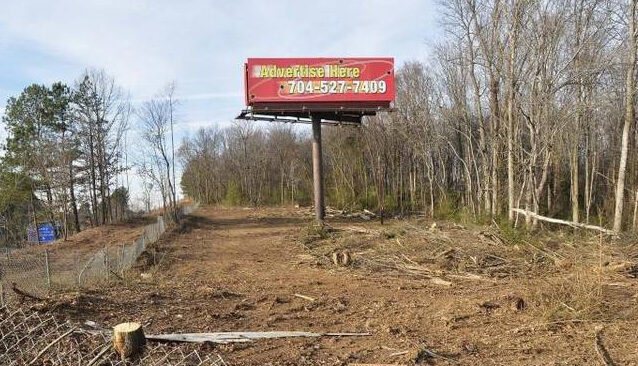

You inherited a chunk of land, and there’s a billboard on it paying you $900 a year. Sounds like easy mailbox money, right?
But then you see people online saying billboards go for $800 a month, and now you’re wondering… Did Grandpa get hustled?
Welcome to the confusing and hyper-contextual world of out-of-home (OOH) advertising economics.
Spoiler: it’s not about how much land you have—it’s about how many eyeballs pass by it. Let’s unpack the real pricing model of billboards, the difference between land lease and ad revenue, and why that rusty 40-foot steel pole might be worth way more than your lease check suggests.
Before we talk numbers, let’s get clear on the two entirely separate money streams involved in billboard advertising:
The billboard company pays you a fee—monthly or yearly—for the right to install and keep their billboard on your property.
They turn around and charge advertisers a monthly fee to display ads on that billboard. This is where the big money lives.
You’re the landlord, not the ad seller. So when you hear “$5K a month for billboards”—that’s what the billboard owner (often a company like Lamar, Outfront, or a regional OOH firm) is charging advertisers, not what you’d be receiving as a landowner.
Here’s the unfiltered reality:
In your case—Highway 55 in Cheraw, South Carolina—$900/year isn’t criminally low, but it’s probably outdated. With even modest traffic flow heading toward I-95 or US-1 corridors (New York to Florida routes), you could justify asking for a higher flat rate or, ideally, a percentage of ad revenue.
If your billboard’s just sitting there / or you’re unsure if you’re getting a fair deal – we can help.
We connect property owners with verified advertisers and OOH companies ready to lease.
Fill out the form and we’ll tell you what your billboard’s actually worth.
Here’s where it gets spicy.
If your billboard is double-sided, that doubles the income for the billboard company.
So if the sign brings in $2,000/month (low estimate), they’re grossing $24,000/year… while you’re getting $900.
Yes—but it’s not as simple as jacking up the price overnight.
Billboard structures are expensive to install, often costing $50,000+ just for the pole and permits. Companies expect long-term ROI. If the lease is already signed and you’re mid-term, there’s little wiggle room.
But when renewal time comes, you have leverage.
Ask for:
You can also shop the board around. Other companies might outbid the current operator—especially if your location sees regular regional traffic.
You can actually back up your negotiation with numbers.
Most Departments of Transportation (DOT) publish Average Daily Traffic (ADT) data. If 15,000+ vehicles pass your sign per day, you’re not “just rural” anymore. You’re rural-premium.
A simple ADT lookup for Highway 55 in SC could change the conversation completely.
Digital billboards rotate multiple advertisers. So instead of a static vinyl ad, one structure now hosts 6–10 clients per loop, each paying for 10–15 seconds.
Digital can multiply revenue 3–5x compared to static.
If a billboard company goes digital on your land, you deserve a new contract. Period.
Your grandpa might’ve made a fair deal back in the day. But markets evolve. Highway traffic increases. Billboard tech improves. And with the rise of DOOH and programmatic placements, that $900/year lease might now be subsidizing someone else’s six-figure ad business.
If your lease is up for renewal soon, it’s worth:
Even a small bump—from $900/year to $200/month—adds thousands to your bottom line with zero effort.
And that’s what smart OOH landowners do.